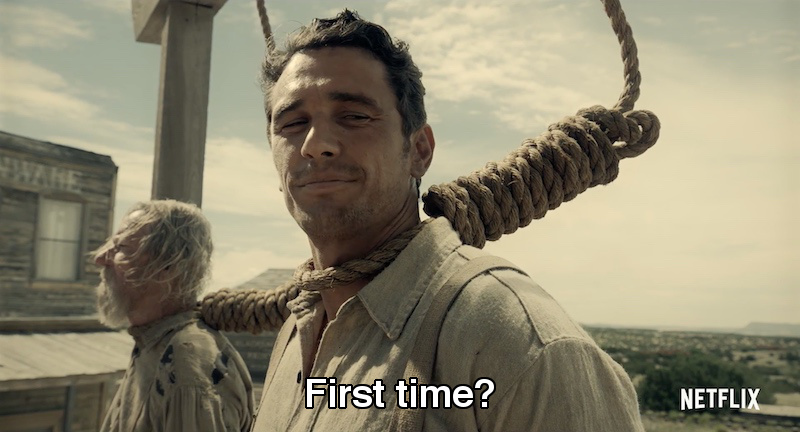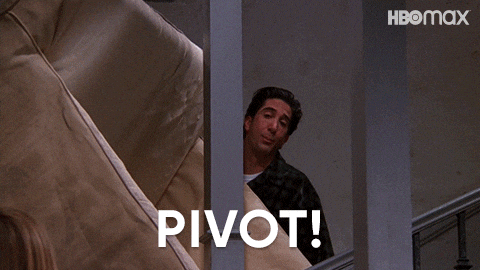
In a perfect world, the markets would follow a neat playbook. Breakouts would lead to rallies, moving averages would signal reliable reversals, and a strong jobs report would always mean a strong dollar.
But the markets aren’t a perfect world—they’re a living, breathing organism. And they change.
That’s why adaptability is one of the most powerful (yet under-discussed) traits in trading. Rigid strategies may work in one regime, but they’re often punished in another. The traders who thrive? They pivot. Fast.
The Myth of “Set-and-Forget”
It’s tempting to believe in a strategy that always works—a reliable pattern, a foolproof indicator, a proven formula.

But in practice, strategies that overperform in trending environments often fall flat in chop. High-volatility trades don’t survive low-volatility drifts. And macro signals that mattered last quarter might be completely ignored the next.
Markets evolve. So should your strategy.
Knowing When to Pivot
Not all changes are obvious. Some are slow burns. Others are sharp reversals. The key is learning to recognize the why behind the price—and adjust accordingly.

Here are a few moments that call for a strategic pivot:
1. Volatility Regime Shift
You’re trading a breakout strategy that thrives during strong trends. But lately, your setups keep failing—price breaks key levels, only to reverse within the same session.
What’s happening? The market has likely shifted into a low-volatility, mean-reverting environment—often seen before major data or during seasonal lulls.
Shift to shorter timeframes or adopt range-bound strategies like fading extremes or trading VWAP reversions.
2. Macro Catalyst Changes
You’ve been long USD for months on interest rate divergence. But now, the Fed pivots dovish while other central banks stay hawkish. Suddenly, the trade stops working.
What’s happening? The macro narrative that fueled the trade is no longer valid. The fundamental driver has flipped.
Don’t fight it. Close the old playbook and build new ones based on the current policy narrative, not yesterday’s.
3. Correlation Breakdown
Gold and the dollar are supposed to move inversely… right? But suddenly, both are rallying.
What’s happening? When risk-off sentiment intensifies, traditional correlations can break down. Capital floods into both safe havens.
Don’t trade correlations blindly. Always consider the context behind them. Ask why a market is behaving abnormally before assuming it will revert.
Flexibility ≠ Flip-Flopping
Being adaptable doesn’t mean jumping from strategy to strategy on a whim. It means:
- Having a core process, but knowing when it needs adjustment
- Watching data, not dogma
- Understanding your trading edge, and where it doesn’t apply
In short, flexibility is about having a spine—but not a cast-iron one.
A Trader’s Toolkit for Adapting
Want to build flexibility into your trading routine? Here are a few tools and habits that help:
- Keep a journal tracking when trades work and why
- Use a volatility filter (like ATR or VIX) to adjust position sizing or timeframes
- Stay plugged in to macro narratives, even if you’re a technical trader
- Backtest your strategy across different market regimes—not just bull runs
- Detach from outcome bias—if a setup failed, ask what changed rather than blame luck
Final Word: The Market Doesn’t Owe You Consistency
One of the hardest lessons in trading is that the market owes you nothing—not even logic.
So if the environment changes, change with it. That’s not weakness—it’s survival.

Because at the end of the day, the most profitable traders aren’t always the smartest or boldest. They’re the ones who adapt the quickest.









